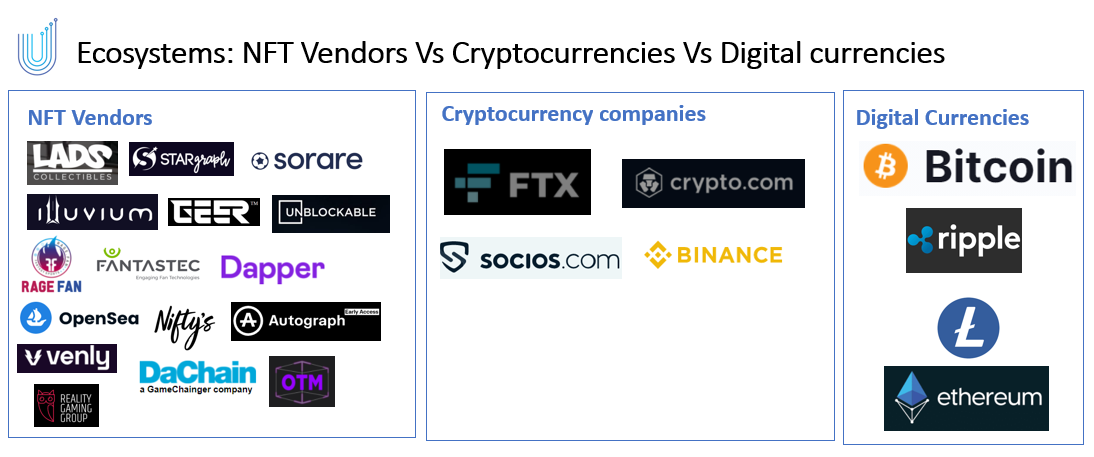For the past 6 months we have been talking to lots of clubs regarding NFTs, what it is and how it can benefit them. But one thing is becoming more clear every day. Many clubs do not understand the difference between crypto and NFTs. And the clubs are not alone….
Share This Story, Choose Your Platform!
Total reviews
Persons recommended this product
Anonymous
Shopper
check_circle Verified
Shop owner replied
Anonymous
Shopper
check_circle Verified
Shop owner replied
Thanks for your review!
Your feedback helps us improve our service.
There are no reviews yet.
Be the first to review “ ”
Please log in to submit a review.
Don't have an account? Register here .
Only logged in customers who have purchased this product may leave a review



